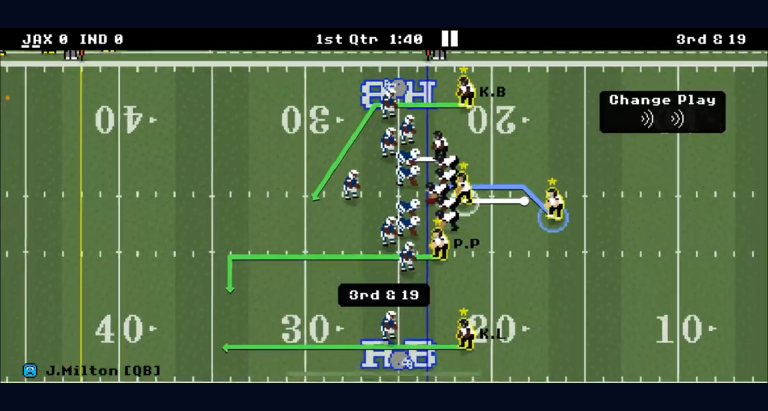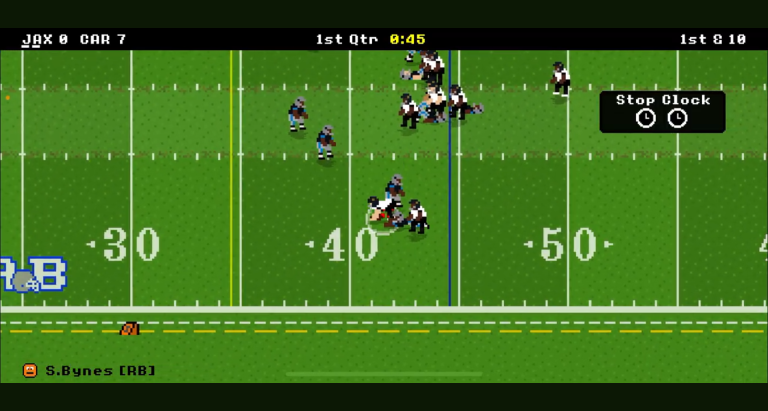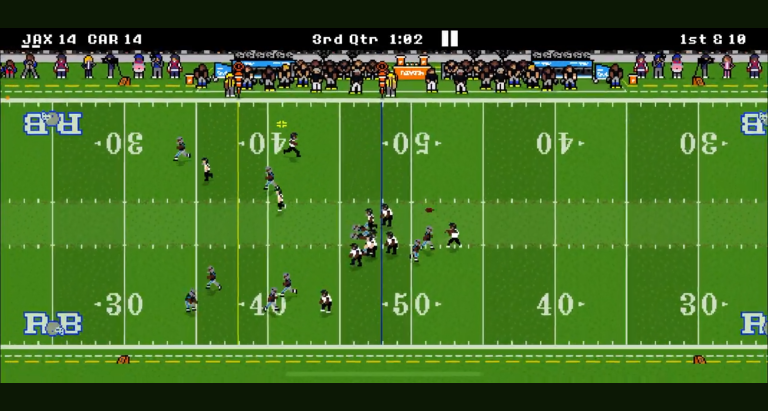The nostalgic and engaging gameplay of Retro Bowl has captivated the hearts of mobile gamers everywhere. This American football simulation combines classic graphics with deeply strategic gameplay. One critical aspect of mastering this game is understanding how to efficiently navigate the field and make the most out of your running plays. In this article, we will delve into how do you run in Retro Bowl, providing insights and techniques that both new and experienced players can utilize to elevate their gameplay.
Understanding Retro Bowl Gameplay
Game Basics
In Retro Bowl, the primary objective is to lead your team to victory by scoring more points than your opponent. Players control a football team, making decisions on both offense and defense. Key gameplay controls include:
– **Downs**: Similar to traditional football, players must advance the ball 10 yards within four attempts, or downs, to continue their drive.
– **Touchdowns**: Scoring happens when a player successfully carries the ball into the opponent’s end zone, earning six points for their team.
Understanding these fundamental game mechanics is essential for beginners who seek to grasp the nuances of plays, strategies, and overall game flow.
Importance of Running in Retro Bowl
A strong running game can be a game-changer in Retro Bowl. Running not only helps in gaining yards but also puts pressure on the defense, forcing them to adjust their strategy. Consequently, a potent rushing offense can open up the field for passing plays as defensive setups become more reactive.
The implications of running effectively extend beyond mere statistics; they can shift the momentum of the game, leading to crucial advantages during pivotal moments.
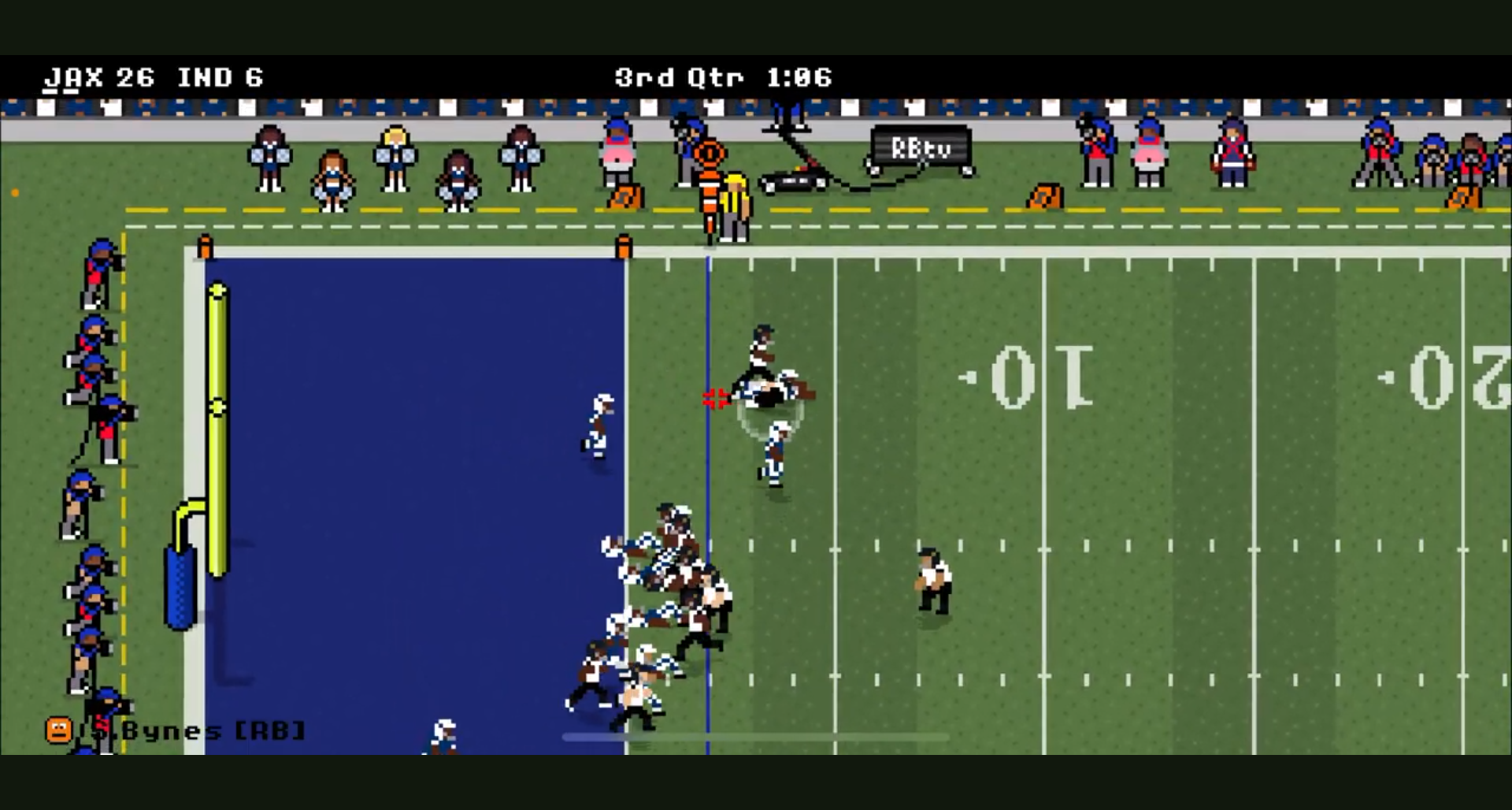
Controls for Running in Retro Bowl
Basic Control Scheme
In Retro Bowl, the basic controls for running include a joystick for directional movement and a designated sprint button that allows players to accelerate. The functionality may differ slightly between mobile devices and gaming consoles, so becoming familiar with the control layout for your specific platform is essential.
For instance:
– **Mobile devices**: Utilize on-screen controls that are touch-responsive.
– **Consoles**: Follow a button mapping that may offer more tactile responses for running maneuvers.
Adjusting Control Settings
Customization can greatly enhance the running experience. Within the game’s settings, players can tweak control layouts to suit their preferences. Accessibility options are also available, making Retro Bowl inclusive for players with varying needs. Explore these options to find what works best for you, ensuring comfort and maximizing performance.
Running Techniques in Retro Bowl
Basic Running Maneuvers
Understanding the difference between sprinting and jogging is fundamental. While players may be tempted to sprint at all times, timing and positioning can often yield better results. Strategic jogging allows players to read the field, conserving energy for crucial moments when a sprint is necessary.
Good players will learn to switch their pace based on the defensive formations and take advantage of opportunities presented by the opposing side.
Advanced Running Strategies
One key aspect of running effectively is **finding open lanes**. This requires:
– **Reading the defense**: Knowing when to cut, juke, or sprint based on defensive alignments can lead to significant yardage.
– **Understanding gaps in the offensive line**: Identifying weaknesses in the defense will allow players to select the best paths to advance.
Another invaluable skill is using feints and juke moves. Mastering these serves to trick defenders and enhance your running strategy:
– To perform a juke effectively, time the move just as a defender closes in.
– Feints can mislead defenders and create openings for big gains.
Utilizing Speed Boosts
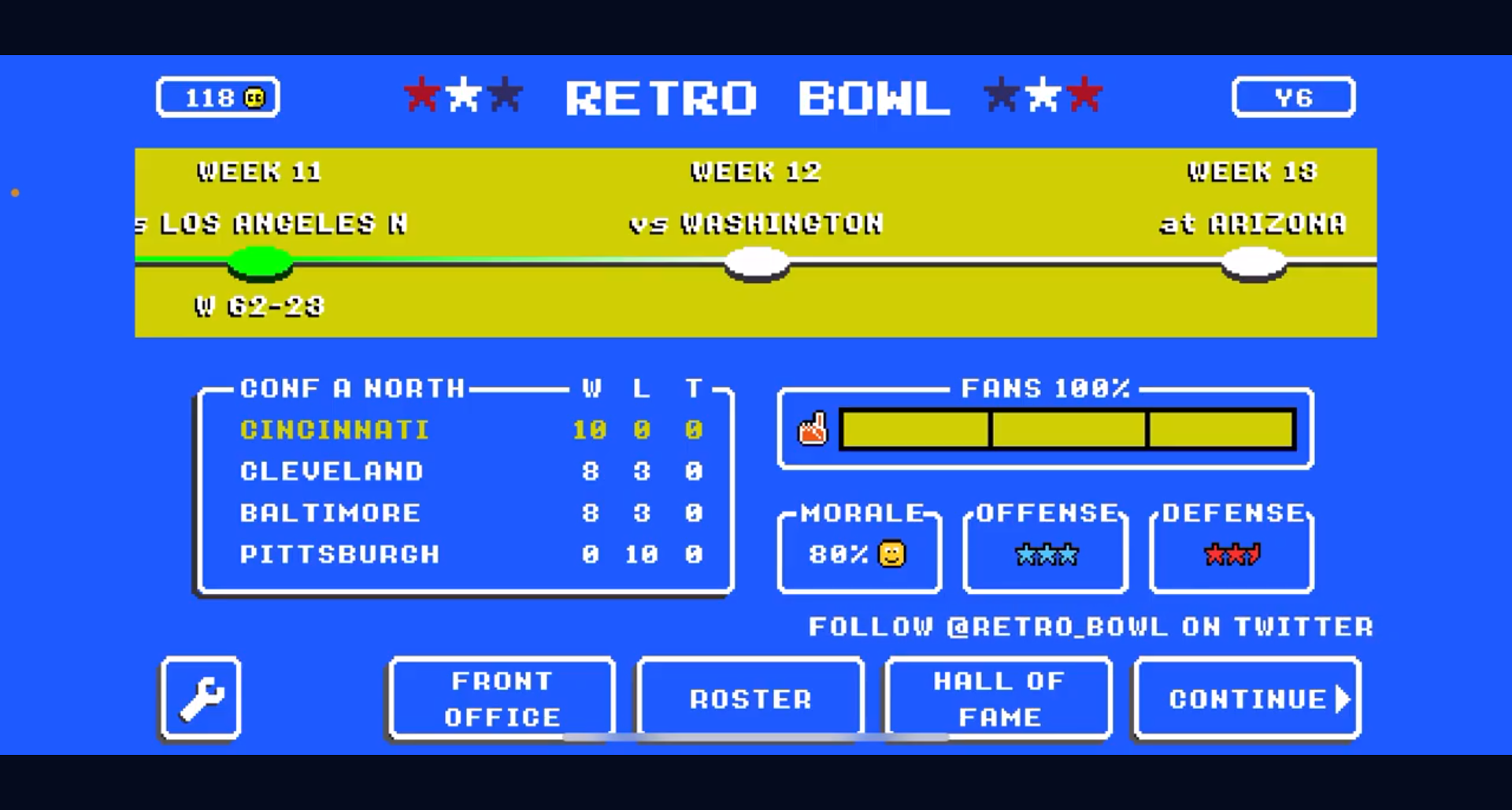
Speed boosts are critical for getting ahead of defenders. Understanding when to activate these boosts can lead to explosive plays. Ideal moments to use speed boosts include:
– When breaking into the open field.
– Just before contact with a defender to gain strategic separation.
Player Attributes and Rushing
Understanding Player Stats
Different players have unique attributes that influence their running capabilities. Key stats to consider include:
– **Speed**: Determines how quickly a player can move.
– **Agility**: Aids in executing sharp cuts and evading tackles.
– **Endurance**: Influences how long a player can maintain a sprint without losing effectiveness.
Analyzing these attributes helps in determining which players are best suited for your rushing strategies.
Choosing the Right Players
When planning your team, seek players with optimal running stats. Evaluating and upgrading player attributes can significantly improve your running game. Consistent training and development during seasons can unlock higher skills and attributes, leading to better runs.
Offensive Strategies Incorporating Running
Building a Balanced Offense
Ensuring a balanced offense between running and passing plays is crucial. A team that successfully adopts a strong running game can use that momentum to create opportunities for passing, forcing defenses to be less predictable.
Formations Favoring Running
Selecting formations that enhance your running game is vital. Some effective formations include:
– **I-Formation**: Adds a fullback, creating powerful running options.
– **Singleback formations**: Provide flexible running lanes and passing opportunities.
Situational play-calling should also be adjusted; use running plays in short-yardage scenarios or during goal-line situations for high efficiency.
Countering Defensive Strategies
Understanding common defensive setups against running plays is essential. If the defense shifts to counter your running game, adjusting your tactics becomes necessary. Utilize misdirection plays or quick passes to exploit any weaknesses in their formations.

Common Mistakes When Running
Overrunning Gaps
Players often make the mistake of overrunning gaps, leading to lost yardage. It’s essential to develop a keen sense for lane selection to maximize opportunities.
Neglecting the Clock
Time management is crucial in football. When running, players often forget the game clock, which can impact decision-making. Be mindful of the time to optimize the team’s performance.
Failing to Use Team Support
The role of blockers is significant during rushing plays. Coordination with teammates to utilize blocks effectively can enhance your chances of successful runs.
Conclusion
Effective running plays a vital role in achieving success in Retro Bowl. With proper technique, understanding player attributes, and strategic execution, anyone can enhance their performance on the field. Remember to practice these strategies to incorporate running seamlessly into your gameplay. Do you have experiences or tips on running effectively? Feel free to share in the comments!
Additional Resources
For further exploration, check out these community forums and guides:
– [Retro Bowl Wiki](https://www.retro-bowl.com)
– [Player Strategy Guides](https://www.gamefaqs.gamespot.com/retro-bowl)
Keep up with updates and changes that affect running mechanics in Retro Bowl for a competitive edge.
| Attribute | Description | Impact on Running |
|---|---|---|
| Speed | The overall quickness of the player. | Increases distance covered while sprinting. |
| Agility | The ability to make sharp cuts. | Allows evasion of tackles and quick maneuvering. |
| Endurance | Overall stamina of the player. | Determines how long the player can run effectively. |
FAQ Section
1. What are the basic controls for running in Retro Bowl?
The basic controls involve a joystick for direction and a sprint button to increase speed.
2. How can I improve my running game strategy?
Focus on understanding gaps in the defense and practice using feints and speed boosts effectively.
3. Can I customize my controls in Retro Bowl?
Yes, players can adjust controls in the game settings to enhance comfort and performance.
4. What formations work best for running plays?
I-Formation and Singleback formations are effective for enhancing running capabilities.
5. How do player attributes affect running performance?
Player attributes like speed, agility, and endurance significantly influence running effectiveness.
6. What are common mistakes when running?
Overrunning gaps, neglecting the clock, and failing to coordinate with blockers are typical errors players make.
